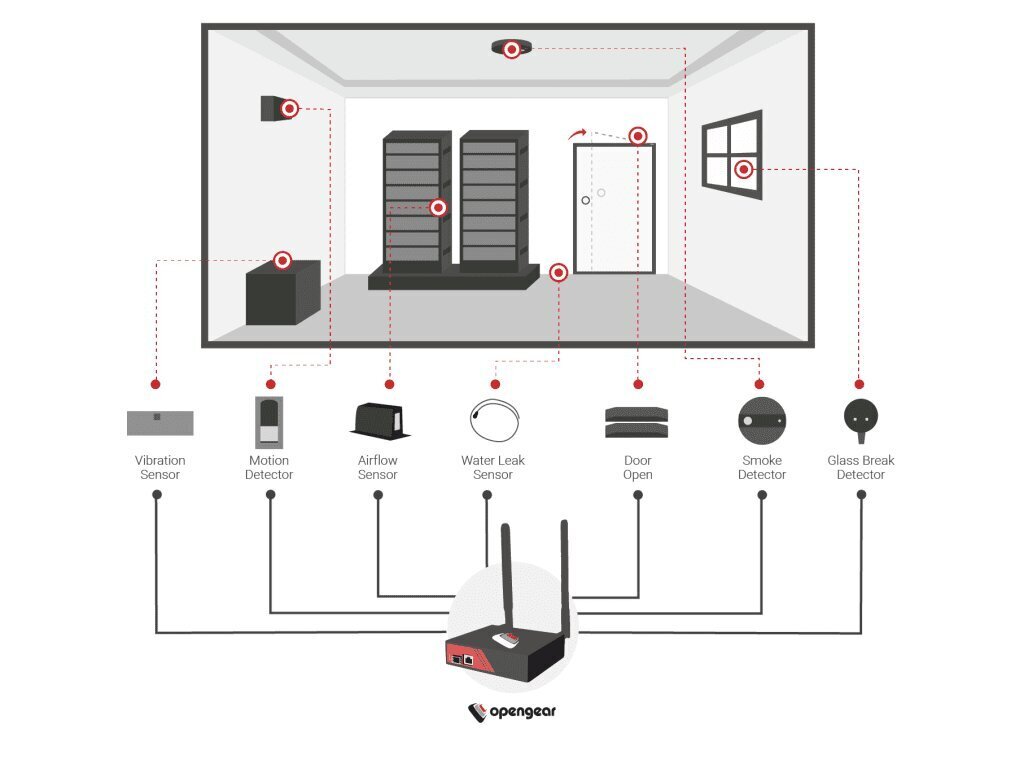Connected Environmental Monitoring utilizes advanced technologies, particularly Artificial Intelligence (AI) and the Internet of Things (IoT), to enhance the management of environmental factors such as air and water quality. This integration of smart monitoring systems and environmental sensors allows for real-time data collection and analysis, leading to more informed decision-making and improved environmental outcomes.
Role of AI in Environmental Monitoring
AI plays a crucial role in processing vast amounts of environmental data collected from various sensors. Machine learning algorithms can analyze this data to identify patterns and predict future environmental conditions. For instance, AI can assess satellite imagery to monitor deforestation and land use changes, providing critical insights into environmental degradation and helping to mitigate its impacts[1][3].
Smart Monitoring Systems
Smart monitoring systems leverage IoT technology to connect environmental sensors that measure parameters like air pollutants, water quality, and noise levels. These sensors transmit data wirelessly to centralized platforms where it can be processed and visualized. Such systems enable continuous monitoring, allowing for immediate responses to environmental changes. For example, the GEMS Air Pollution Monitoring platform aggregates data from over 25,000 air quality monitoring stations globally, using AI to generate insights that inform public health measures[4].
Benefits of Connected Sensors
The deployment of connected sensors in environmental monitoring offers several advantages:
-
Real-time Data Collection: Continuous monitoring allows for immediate detection of pollution levels, enabling timely interventions.
-
Predictive Analytics: AI algorithms can forecast environmental changes, helping communities prepare for extreme weather events or pollution spikes.
-
Resource Optimization: AI can enhance the efficiency of resource use in urban environments, such as optimizing energy consumption in smart grids and improving water management systems[5].
Applications in Environmental Management
AI-driven environmental monitoring systems are applied in various sectors, including:
-
Air Quality Management: AI analyzes data from air quality sensors to provide insights on pollution sources and health impacts, facilitating better regulatory compliance and public awareness[4].
-
Water Quality Monitoring: Connected sensors can detect contaminants in water bodies, ensuring safe drinking water and protecting aquatic ecosystems.
-
Climate Change Mitigation: By tracking greenhouse gas emissions and other environmental indicators, AI helps in formulating strategies for climate action and sustainability[2][3].
Conclusion
The integration of AI and IoT in Connected Environmental Monitoring is transforming how we manage and protect our environment. By harnessing real-time data and advanced analytics, these technologies provide powerful tools for addressing environmental challenges, improving public health, and promoting sustainability. As these technologies continue to evolve, their potential to drive systemic change in environmental management will only increase[1][4].
Further Reading
1. Machine Learning in Environmental Monitoring – Gemmo.AI
2. https://www.sciencedirect.com/science/article/am/pii/S0195925520307770
3. AI and environmental challenges | UPenn EII
4. How artificial intelligence is helping tackle environmental challenges
5. The Role of AI and IoB in Sustainable Cities: Optimizing Resource Utilization and Environmental Impact | Online Master of Information Technology | Vir…


